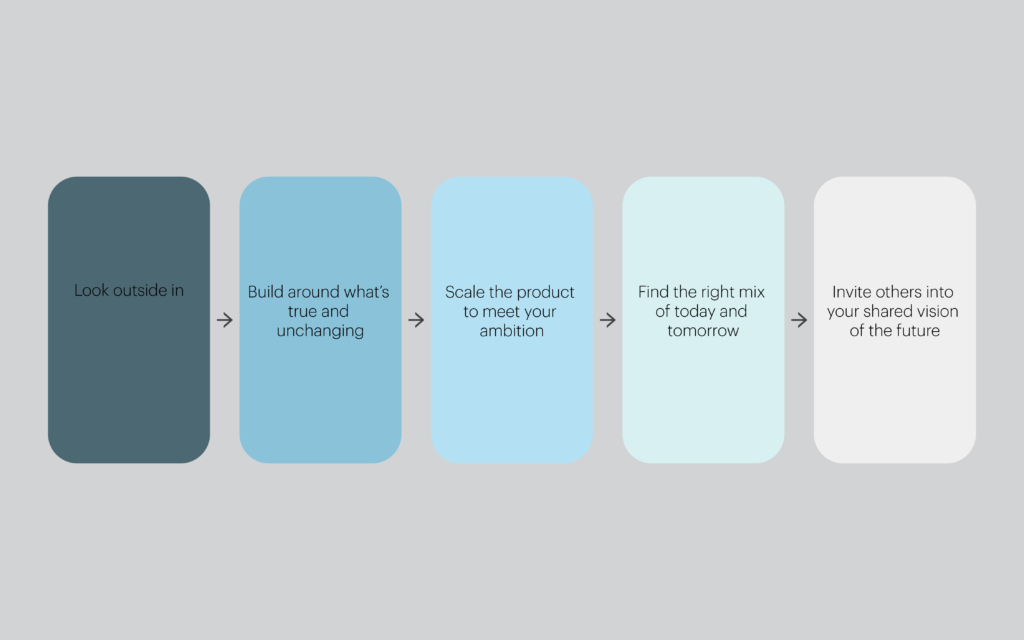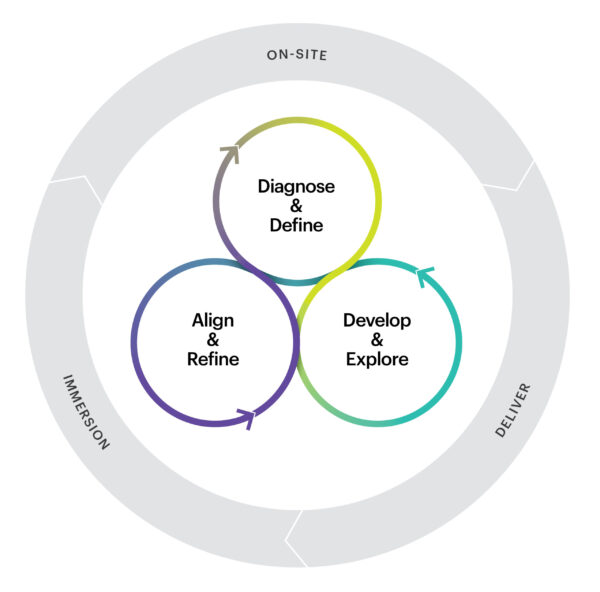Finding the Right Fit: HR’s Number One Challenge
HR and Marketing? The role of HR has evolved significantly in recent years. Attracting, engaging, and retaining top talent is a high priority for executives, and most companies place this responsibility on HR. According to PwC 18th Annual CEO survey, a full 73% of respondents are concerned about the availability of talent – a 10% increase from 2014. Executives worry that it’s getting harder to recruit and keep the people who are both skilled high-performers and ‘fit’ within their organization’s culture. And without top talent, maintaining a competitive advantage, adapting to industry change, and growing business is nearly impossible.
Fierce marketplace competition makes it difficult for candidates to know if they are a good fit for the brand without some guidance. Ensuring employee ‘fit’ means your brand needs to know why it matters. That’s where an employer brand comes in. Your employer brand must do the hard work of being clear and consistent about its promise (EVP), communicating an authentic, meaningful brand experience across all touchpoints. When done well, an employer brand helps attract the right talent, allows prospects to self-select for fit with your organization, and increases the likelihood that they will develop into long-term, low-churn, high-producing members of your team.
The Heat is On
Today, HR is tasked with creating an employee experience that markets the business to recruits and employees. Crafting a relevant and resonant employer brand involves aligning your organization’s aspirations, values, needs, and wants with the people you are looking to recruit and retain—no easy feat.
The pressure to create a unified, engaging experience for employees and prospects is real. And, launching an employer brand often involves obtaining budget from a CEO who may not see its value. What’s more, building an employer brand can become nearly impossible if the corporate brand is outdated, or worse, non-existent. When HR operates in a silo, getting budget and approval can be an uphill battle.
We’ve worked with a number of clients with varying global challenges around recruitment and employee engagement and there’s one thing they all agree on: successfully building an employer brand can’t be done in isolation. Engaging and partnering with marketing from the very beginning is essential.
Five Ways to Create a Successful Partnership Between HR and Marketing
- Designate an owner. Clarifying ownership is key. There is no better steward of an employer brand than the CEO, but gaining alignment from the rest of your leadership team, including key stakeholders, securing budget, and taking the project to the finish line won’t happen without a designated decision maker from either the HR or marketing team.
- Map the employer brand to the corporate brand. Even if the corporate brand looks outdated or lacks relevance, the employer brand needs to build off of the brand’s foundation, otherwise it is confusing to your employees and the marketplace. Use what assets the brand has and build from there. If your corporate brand has a brand promise, find a way to use that as your North Star. The authenticity of the employer brand depends on HR and marketing working together to create an employee experience that is true to the brand.
- Get a commitment from key stakeholders. Getting the leadership team invested in the employer brand is more than just establishing a committee where people can voice opinions. It’s also important for each leader to understand the reach of the employer brand as a key influencer of your brand’s image and reputation. Leadership needs to have skin in the game from the start. This up-front work will help you and your marketing team move quickly with alignment and see the project all the way through.
- Build a coalition. Once you’ve got your employer brand strategy in place and support from the key stakeholders, you’ll need advocates from both marketing and HR to roll out the employer brand. Unfortunately, there’s no “launch” button for your employer brand. To make the biggest impact, you’ll need a team dedicated to the project who have always been part of the journey. Marketers know how to drive and measure audience engagement, create engaging experiences, nurture audiences, and tell a story that keeps people interested and engaged over a long period of time. And you don’t just need the marketing execs on board, you need the whole marketing team.
- Don’t forget purpose. Your employer brand needs to be rooted in purpose and meaning in order to emotionally connect to and successfully recruit and retain the type of talent best suited for your business. HR understands what matters to employees, but marketing knows how to capture their attention, authentically win them over with purpose-driven messages, and create valuable brand experiences at every touchpoint. When HR and marketing collaborate on an employer brand strategy together, they ensure that the company lives up to its promise and executes it every day.
Collaboration Wins
HR and marketing are not used to collaborating on strategic initiatives, especially those driven by HR. But not engaging marketing in the project can be a fatal mistake. Marketing owns the brand and they need to be brought along on the journey. Marketing will appreciate being asked to participate and HR will save time and angst by getting them involved from the start.
Top talent have their choice of companies to work for. Access to information and opportunity has accelerated a new employer brand rule book where companies are continually learning to adapt the hiring, retention, engagement strategy, and practices for success. By coordinating these efforts with HR and marketing, your business will reap the benefits in terms of the talent you attract and how well they ‘fit’ into the company.
Emotive Brand is a San Francisco branding agency.
















